One of the best Surgical Disposables company. I am dealing with them for the past 5 years,
their products are world-class. Their approach to trade is professional. All the best wishes to
them.
Enhancing Safety in Healthcare Environments: A Comprehensive Guide to Infection Control and Medical Safety Innovations
- By: Plasti Surge Industries
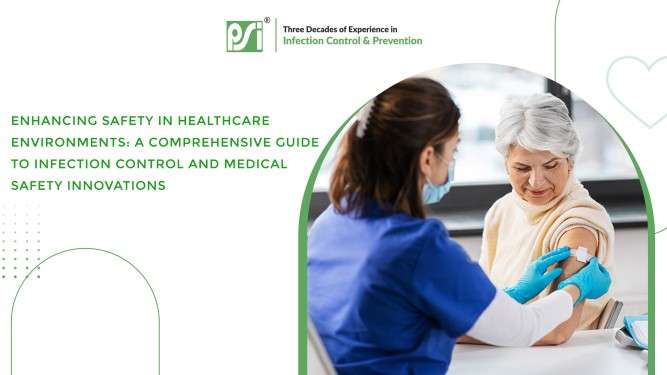
Healthcare workplace safety is a crucial aspect of ensuring both patient and staff well-being. In healthcare settings, the importance of safety cannot be overstated, as it directly impacts the quality of care provided and the overall efficiency of healthcare delivery. These environments are unique in their exposure to a range of risks, from biological hazards like viruses and bacteria to chemical and physical dangers, including medication errors and workplace injuries. The complexity of healthcare services, coupled with the vulnerability of patients, underscores the need for stringent safety protocols. By prioritizing healthcare workplace safety, institutions not only safeguard their staff but also create a secure environment for patients to receive care. This commitment to safety is integral in fostering trust and confidence in healthcare systems, which is essential for successful patient outcomes. Understanding and mitigating the risks associated with healthcare environments is therefore not just a regulatory requirement, but a moral imperative in the delivery of high-quality healthcare.
Understanding Infection Control
Medical safety solutions are integral in the realm of infection control, a critical component in maintaining the health and safety of both patients and healthcare workers in medical settings. Infection control refers to the policies and procedures used to minimize the risk of spreading infections, especially in hospitals and other healthcare facilities. The importance of these medical safety solutions cannot be understated, as they are essential in preventing the transmission of infectious diseases, which can be life-threatening in vulnerable populations.
Common sources of infection in healthcare settings include bacteria, viruses, and fungi, which can spread through various means such as direct contact, contaminated surfaces, medical instruments, and airborne particles. These pathogens often thrive in the unique environments of hospitals and clinics, where a high concentration of ill individuals and invasive procedures amplify the risk of infection spread.
The role of healthcare workers in preventing infections is pivotal. They are responsible for implementing and adhering to strict infection control protocols, including hand hygiene practices, the use of personal protective equipment (PPE), sterilization of medical equipment, and isolation procedures for contagious patients. Their proactive engagement in medical safety solutions is crucial in creating a safe environment that protects both patients and healthcare professionals from the risk of infection. By maintaining rigorous standards of cleanliness and infection control, healthcare workers play a direct role in safeguarding public health and ensuring the efficacy of the healthcare system as a whole.
Latest Innovations in Infection Control
In the ongoing quest for enhanced medical safety solutions, significant advancements have been made in the fields of sterilization technologies, protective gear, and hand hygiene practices. These innovations play a crucial role in safeguarding both healthcare workers and patients from a multitude of infectious threats.
Advanced sterilization technologies, such as UV-C light and hydrogen peroxide vapor, have emerged as powerful tools in the fight against hospital-acquired infections. UV-C light, known for its germicidal properties, is being increasingly used to disinfect air and surfaces in various healthcare settings. Similarly, hydrogen peroxide vapor systems are gaining traction due to their effectiveness in sterilizing complex medical equipment and entire rooms, ensuring a highly sanitized environment.
Parallel to these developments, there has been a significant evolution in protective gear and materials. Newer materials that are more resistant to pathogens, yet breathable and comfortable for long-term wear, are being developed. These advancements not only improve the barrier against infectious agents but also enhance the usability and comfort for healthcare workers, encouraging consistent use.
Innovative hand hygiene solutions, such as sensor-based dispensers and smart handwashing stations, represent another leap in medical safety solutions. These technologies ensure optimal hand hygiene practices, a fundamental aspect of infection control, by providing touch-free dispensing of sanitizers and soaps, and in some cases, offering real-time feedback on handwashing techniques. By integrating technology, these solutions aim to increase compliance with hand hygiene protocols, ultimately reducing the risk of infection transmission.
Overall, these medical safety solutions exemplify the dynamic and evolving nature of healthcare safety practices, highlighting a commitment to continuous improvement and adaptation in the face of emerging challenges.
Medical Safety Technologies
Healthcare safety products have evolved dramatically, incorporating cutting-edge technology to enhance patient care while minimizing infection risk. Smart hospital rooms stand at the forefront of this innovation, designed to reduce the risk of infection through features like touchless controls, antimicrobial surfaces, and advanced air filtration systems. These rooms not only provide a safer environment for patients but also assist healthcare workers in maintaining strict hygiene standards.
Telemedicine and remote monitoring tools are another vital component of modern healthcare safety products. By enabling remote consultations and patient monitoring, these technologies significantly reduce the need for in-person visits, thereby decreasing the potential for exposure to infectious agents. This approach is particularly beneficial for patients with chronic conditions or those requiring routine follow-ups, ensuring they receive timely medical attention without the risks associated with visiting a healthcare facility.
Artificial Intelligence (AI) and machine learning have emerged as powerful tools in predicting and preventing infection outbreaks. These technologies can analyze vast amounts of data from various sources to identify patterns and predict potential outbreaks before they occur. This predictive capability allows healthcare facilities to implement preemptive measures, thereby enhancing overall patient safety. Additionally, AI-driven analytics can optimize infection control protocols by identifying high-risk areas and suggesting targeted interventions.
Together, these healthcare safety products represent a new era in medical care, where technology is leveraged not only to treat but also to prevent illness, ensuring a safer healthcare environment for all.
Protocols and Best Practices
Infection control measures are fundamental to maintaining a safe healthcare environment, with standard operating procedures, staff training, and regular audits playing pivotal roles. Adherence to guidelines set by authoritative bodies like the CDC (Centers for Disease Control and Prevention) and the WHO (World Health Organization) forms the cornerstone of these measures. These guidelines encompass a wide range of practices, from hand hygiene protocols to the use of personal protective equipment, and environmental cleaning procedures. They are meticulously designed to mitigate the risk of infection transmission within healthcare settings.
Equally important is the training of healthcare staff in these infection control practices. Regular, comprehensive training ensures that all personnel are up-to-date with the latest protocols and techniques. This training typically includes proper hand washing methods, correct use of PPE, safe disposal of infectious waste, and effective patient-handling procedures. Empowering healthcare workers with this knowledge not only enhances patient safety but also protects the staff from potential exposure to infectious agents.
Regular audits and compliance checks are essential to ensure that these infection control measures are not just theoretically sound but are also being effectively implemented. These audits involve reviewing procedures, observing practices, and analyzing infection data to identify areas for improvement. Compliance checks help in maintaining a consistent and high standard of infection control, thereby minimizing the risk of healthcare-associated infections. This ongoing process of monitoring and improvement underscores the commitment to maintaining a safe and healthy environment for both patients and healthcare providers.
Patient Education and Involvement
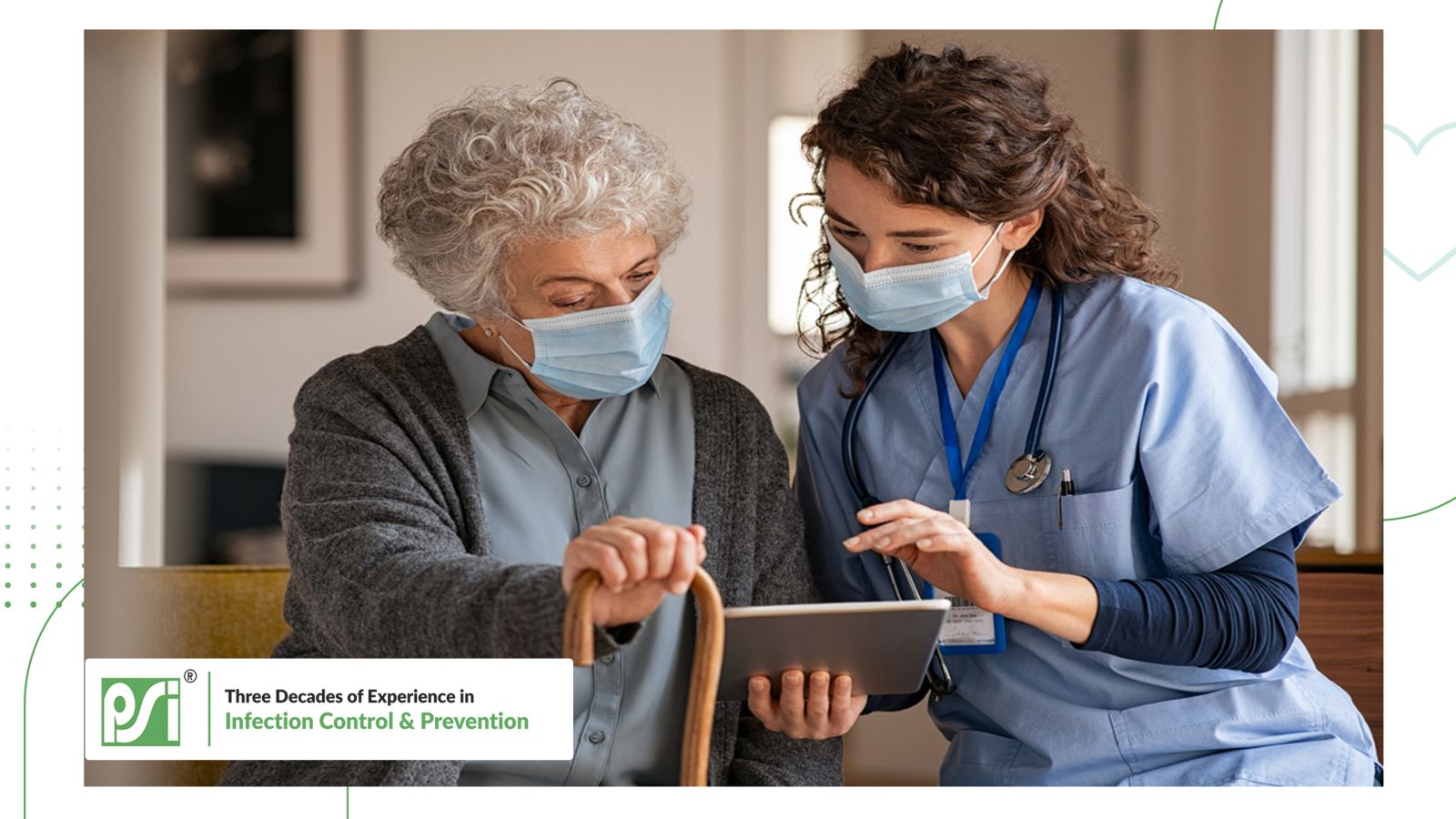 Healthcare workplace safety extends beyond the practices of healthcare professionals and includes educating and involving patients in their safety, particularly regarding infection risks and prevention. Patient education is a crucial aspect of healthcare, as informed patients are more likely to engage in practices that reduce the risk of infection. This education can cover topics such as the importance of hand hygiene, the proper way to wash hands, understanding the signs and symptoms of infection, and the significance of adhering to prescribed treatments.
Healthcare workplace safety extends beyond the practices of healthcare professionals and includes educating and involving patients in their safety, particularly regarding infection risks and prevention. Patient education is a crucial aspect of healthcare, as informed patients are more likely to engage in practices that reduce the risk of infection. This education can cover topics such as the importance of hand hygiene, the proper way to wash hands, understanding the signs and symptoms of infection, and the significance of adhering to prescribed treatments.
Moreover, involving patients in their safety empowers them to take an active role in their healthcare journey. Encouraging patients to practice good hand hygiene is a simple yet effective measure. Patients should also be urged to report any symptoms or concerns they have, such as signs of infection or adverse reactions to medications. This proactive approach not only aids in the early detection and management of potential issues but also fosters a culture of safety within the healthcare environment.
In essence, healthcare workplace safety is a collaborative effort. By educating patients and involving them in their care, healthcare providers can create a more comprehensive and effective safety net against infections, ensuring a safer environment for everyone in the healthcare setting.
Case Studies and Success Stories
In the realm of healthcare, the implementation of infection control measures has been pivotal in improving patient outcomes. Several renowned hospitals have set benchmarks in this regard, demonstrating how effective strategies can significantly enhance patient safety.
- Mayo Clinic, USA: Mayo Clinic has long been at the forefront of implementing advanced infection control measures. Their approach encompasses rigorous hand hygiene practices, state-of-the-art sterilization processes for medical equipment, and the use of UV-C light for environmental cleaning. These measures have shown a remarkable reduction in hospital-acquired infections (HAIs), leading to better patient outcomes. The clinic's commitment to continuous improvement and adoption of the latest technologies in infection control serves as a model for healthcare institutions worldwide.
- Singapore General Hospital, Singapore: This hospital has been recognized for its comprehensive infection control strategies, particularly during the COVID-19 pandemic. By swiftly implementing screening protocols, enforcing strict visitor policies, and enhancing personal protective equipment for staff, Singapore General Hospital managed to significantly curb the spread of the virus within its premises. Their proactive measures not only protected patients and staff but also ensured the continuity of essential medical services, thereby maintaining high standards of patient care.
- Johns Hopkins Hospital, USA: Known for its innovative approach to healthcare, Johns Hopkins Hospital has implemented a series of effective infection control measures. These include advanced air filtration systems, meticulous cleaning protocols, and the integration of telemedicine to reduce patient exposure. As a result, the hospital has seen a notable decrease in the rates of surgical site infections and other HAIs, leading to improved patient recovery times and reduced mortality rates.
In each of these cases, the successful implementation of infection control measures has led to a safer environment for both patients and healthcare providers. These hospitals demonstrate that with the right protocols, technologies, and staff training, it is possible to significantly mitigate the risk of infections and improve overall patient outcomes.
Future Trends in Healthcare Safety
The evolution of healthcare safety products is set to transform the landscape of infection control measures in profound ways. As we look to the future, several predictions and potential technologies stand out for their promise to enhance healthcare safety.
One significant area of development is in the realm of smart materials and surfaces. Antimicrobial coatings and self-disinfecting surfaces are expected to become commonplace in healthcare settings. These materials, capable of neutralizing pathogens upon contact, could drastically reduce the risk of surface-transmitted infections.
Another anticipated advancement is in the field of robotics and automation. Robots equipped with UV-C light for sterilization purposes could become integral in maintaining a sterile environment, especially in high-risk areas like operating rooms and intensive care units. Additionally, automated systems for monitoring and managing air quality and ventilation are likely to become more sophisticated, using advanced sensors and AI algorithms to detect and mitigate airborne pathogens.
Wearable technology for healthcare staff and patients is another area ripe for innovation. These devices could continuously monitor vital signs and detect early signs of infection, enabling prompt intervention. Wearables could also be designed to alert individuals about the need to perform hand hygiene or other safety practices, thereby reinforcing good habits.
Furthermore, the integration of AI and machine learning in predictive analytics will play a crucial role in future infection control strategies. By analyzing patterns in healthcare-associated infection data, these technologies could forecast outbreaks and suggest preemptive measures, allowing healthcare facilities to respond more effectively to emerging threats.
Finally, telemedicine and remote patient monitoring systems are expected to evolve, reducing the need for physical hospital visits and thereby minimizing exposure risks. These technologies not only improve patient access to care but also contribute to a safer healthcare environment by reducing the density of patients in medical facilities.
Overall, the future of healthcare safety products is poised to offer more proactive, efficient, and personalized approaches to infection control, significantly enhancing patient safety and care outcomes.
Conclusion
The continuous improvement in healthcare safety, particularly through advanced medical safety solutions, is not just a necessity but a responsibility for all healthcare stakeholders. In an ever-evolving medical landscape, the importance of keeping abreast with the latest innovations and practices in safety cannot be overstated. The integration of cutting-edge medical safety solutions, as seen on https://www.psidispo.com/, is crucial in this journey. These solutions not only enhance the quality of patient care but also protect healthcare workers from potential hazards. As the medical field faces new challenges, such as emerging infectious diseases and evolving superbugs, the need for ongoing education and adaptation becomes increasingly vital. Embracing new technologies, updating protocols, and continuous learning are key components of this process. To stay ahead in providing the safest healthcare environment, visit PSI Dispo and discover the latest in medical safety solutions. Take the proactive step towards a safer healthcare future - explore, learn, and implement today for a healthier tomorrow.
One of the best companies to partner with. Very responsive and best product quality.
Good experience and corporation for many years. Timely services are provided.
We have been associated with PSI since more than 20 years now. They have superior products, prompt service & courteous people. Using PSI’s products in turn makes our customer happy and helps us to do more business. Overall truly delighted with their customer service.

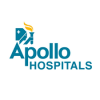


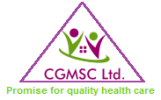
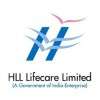
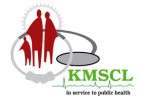



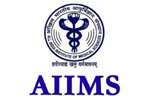



_iCEz.jpeg)
 +91-7798800781
+91-7798800781
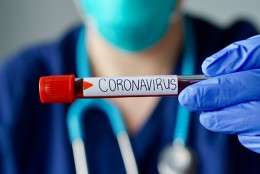

k95g.jpg)



